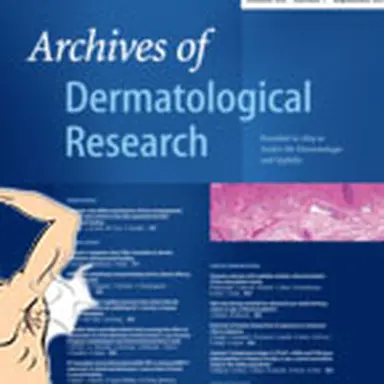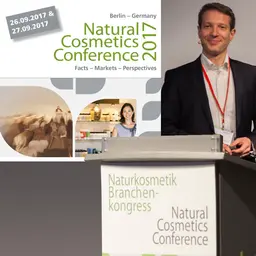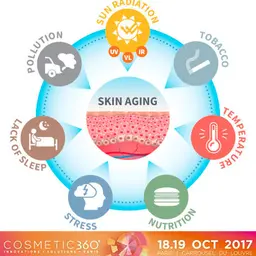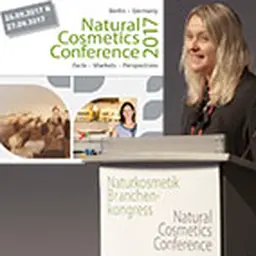
The study was conducted by researchers at Ghent University, Belgium. It aimed at determining whether using deodorants and antiperspirants could modify the structure, diversity and dynamics of the natural bacterial flora that lives under the armpits. And the conclusions are unexpected: anti-perspirants might actually do worse than better!
In our society – as reminds this study in its introduction – people are concerned about their personal hygiene and are less tolerant toward bad body odour. The use of underarm cosmetics aims to control sweeting and malodour formation. These products are important for social confidence and improve the quality of life of many people worldwide.
Deodorants are substances applied on the human skin to enhance the pleasantness of the skin odour and counteract the odour caused by bacterial breakdown of skin secretions in the axillae, feet and other areas of the body. Antiperspirants are a subgroup of deodorants that affect odour as well as prevent sweating by blocking the sweat glands.
According to the European legislation, both deodorants and antiperspirants are categorized as cosmetics.
Important bacterial groups colonize the axillary region. Each bacterial species in the community has its own enzymes, converting non-odorous sweat into volatile compounds. Actinobacteria are considered to be responsible for a strong axillary malodour.
A range of antimicrobials are added to deodorants and antiperspirants to decrease the density of the skin bacterial community. Propylene glycol, triclosan, Benzalkonium chloride and aluminium salts are regularly used in deodorants and antiperspirants and possess antimicrobial and antifungal properties. Certain …













